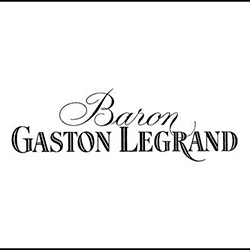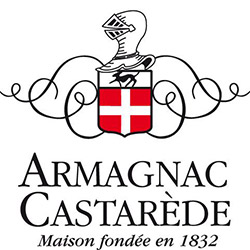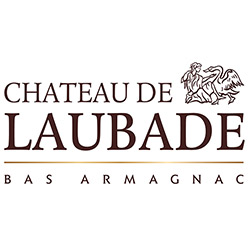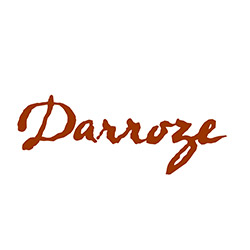ArmagnacThe Armagnac area is located in Gascony in southwestern France. Opposite the Cognac district, Armagnac has neither access to navigable rivers nor long-standing trades of the outside world - a clear obstacle to achieving the same fame or price level as the Cognac region distillates, although the best Armagnacs often have a deeper and better integrated sweetness and can be purchased for a fraction of the price of cognac.It has been distilled in the Armagnac district since the 1400s, which in fact makes the Armagnac the oldest distillate in France. The area experienced its heyday in the early 18th century, with the best Armagnacs as sought after as the greatest French wines. The heyday ended abruptly with the attack of the dreaded wine louse, Phylloxera, in the late 19th century. Subsequently the district was plagued by the Depression in the 1930s, and when it was finally thought that the time had come to rise again after World War II and six years of German occupation and looting, it was in the form of young cheap distilleries that competed on price and absolutely not quality. The reputation has since hampered the district, and despite the many, very fine vintage bottlings on the market today, the district has never managed to rise again. The Armagnac area can be divided into three production zones: Bas Armagnac, also recognized as the best of the three areas, Haut Armagnac and Ténarèze. The areas are mainly planted with Ugni Blanc, Colombard and Folle Blanche, which after the harvest are first pressed and then distilled once or twice, depending on the method of choice. Some Armagnac manufacturers distill the must twice as in Cognac, but most use the traditional method on a special Armagnac part, also called "alambic". In principle, an alambic distills as an intermediate between pot still and continuous distillation - it is a kind of double boiler, where the must is distilled only once (façon continue), which gives a lower alcoholic strength of just over 50% against the normal approximately 70%. However, the lower strength means that the liquid contains more flavors and therefore seems more powerful when young. The young liquor is poured directly onto oak barrels, where it stores and absorbs tannic acid and aromatic constituents from the tree. To get a more harmonious product, spirits of different origins and ages are mixed. As Armagnac is only allowed to hold 40%, the alcohol percentage can be reduced by adding "les petits eaux", which is a mixture of Armagnac and distilled water. Château de Laubaude has been making Armagnac of the highest quality since the beginning of the 18th century and was already granted the status of Château Appellation Contrôlée in 1855. Unfortunately, a long period of decline followed, in which both Armagnac and castle were neglected. Jean-Jacques Lesgourgues bought the dilapidated castle in 1974 with the clear vision of restoring everything and raising Armagnac to the greatness of the past. The project was very successful in this relatively short period, for Château de Laubade is today not only among the largest, but also the absolute best properties in Armagnac. Single estate wine is produced for Laubade Armagnac on 260 hectares of land. The fields are planted with 47% Ugni Blanc, Baco 22a 30%, Folle Blanche 8% and Colombard 15%. Château de Laubade has the largest production of the fantastic Bacodrue, which adds to the Armagnac a very special spicy spice and smoke. The castle is also the only Armagnac manufacturer to have its own butchery. For this, the best Gascony wood is selected from nearby forests, which are aerated no less than three years before being built into barrels for storage of Armagnac. These are perhaps some of the reasons why Château de Laubade is the only Armagnac house to have been awarded the World Class Distillery by the World Spirits Award for three consecutive years (2010, 2011 and 2012). In the castle's Intemporel no. 5 was named the World's Best Brandy at the San Francisco World Spirits in 2007. |






